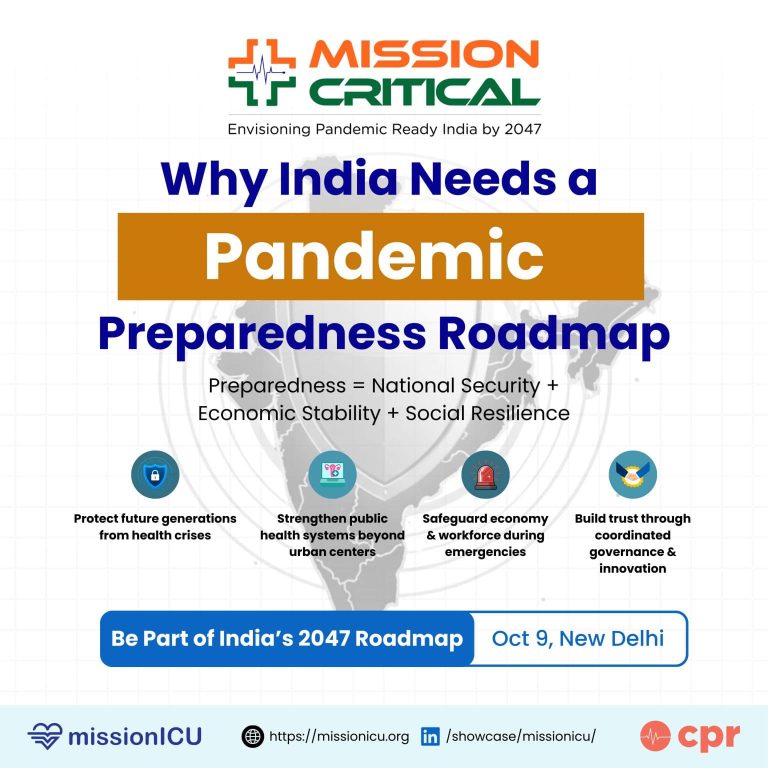“Making Healthcare accessible and available to all would help us in the long run.” Said Dr. Arun Jose. He is a medical graduate and an epidemiologist. He works as a Deputy Director at Centre of Digital Health at IIPH. The organization works in the field of Digital education, Telemedicine and Health-tech evaluation. After completing his graduation, Dr. Arun was looking for various career options. Utilizing his organizational skills to benefit the society was the primary goal. Hence, he decided to opt for community medicine instead of conventional careers.
India is highly populated. The doctors and paramedical staff get to work in diverse healthcare set up. All these set ups have their own pros and cons. Many Indians still live in rural areas- and healthcare issues there tend to be underrepresented. India is starting to become more urbanized every year, but over sixty percent of the country’s total area remains rural. Many Indian citizens still live in poverty in rural areas and have no access to health care. This is a huge problem since diseases are common in these areas and can spread quickly due to poor hygiene and nutrition. Rural hospitals may not have enough staff or supplies and may charge excessive prices for medicine and care. Even when someone does manage to get medical attention, it may not be as effective or pleasant as it could be if hospitals are in dire economic straits. Healthcare in rural areas is generally poor compared to cities. Most rural areas lack proper medical facilities, equipment and trained personnel. Even though India is one of the largest nations in the world, its total space is limited, which limits the number of people who can live in rural areas. Even when space permits, there are fewer medical facilities in rural areas due to less wealth, transportation issues and fewer people living there. In addition, healthcare professionals move from rural areas to cities for better pay and employment opportunities. This limits the number of medical professionals available in smaller towns. The rural health care system in India is in a dire state due to many factors. Many people in rural areas cannot access proper health care because they are poor or uneducated. Limited infrastructure and manpower are also contributing to the problem. Many people in rural areas do not seek treatment for health issues because they cannot afford it. This is partly due to limited government funding for public healthcare. Many poorer residents are also unaware of proper healthcare options and have no way to pay for the treatment. Lack of proper healthcare causes even more poverty in these areas. This cannot be fixed by expanding funding alone; poor people need proper healthcare infrastructure as well. Many rural areas have limited infrastructure and public transportation options. This makes it very difficult for people to get to healthcare professionals. In some cases, people have no option but to travel to cities to see a doctor. Moreover, distant locations in India often lack electricity, water sources or waste removal services. Healthcare in these rural areas is generally poor compared to cities. Most rural areas lack proper medical facilities, equipment and trained personnel. Even though India is one of the largest nations in the world, its total space is limited, which limits the number of people who can live in rural areas. Even when space permits, there are fewer medical facilities in rural areas due to less wealth, transportation issues and fewer people living there. In addition, healthcare professionals move from rural areas to cities for better pay and employment opportunities. This limits the number of medical professionals available in smaller towns.
But the scenario is not bad as it seems. Despite its issues, India’s healthcare system is above average compared to other developing nations thanks to its rich history and tradition-based practices. Since most rural areas lack proper medical facilities, their citizens spend too much money on healthcare currently, but they’re working toward fixing that problem every year. There are many ways their system can improve- such as training more medical professionals and implementing cheaper health insurance- but they’re making significant strides towards bettering their system every year. Many private medical facilities exist and help alleviate some of the problems faced by public systems. These facilities are much more convenient than public hospitals and are used by many patients who cannot travel to cities for treatment. Private hospitals also provide better care due to higher standards and higher salaries for staff members.
Although there are many challenges facing the rural health care system in India, some things can be done to improve its overall performance. The government should focus on expanding public healthcare options so that everyone has access to proper medical care. It should also focus on improving standards for health professionals so that everyone has access to high-quality medical staff members. Government involvement shouldn’t just be limited to funding; it should also focus on creating proper infrastructure so that everyone has easy access to necessary resources like vehicles for transportation, medicines, equipment, etc. Having a good infrastructure is not enough. The gap between the goods and their utilization needs to be bridged. Our India has really good public health policies and their adequate implementation can lead us to a brighter future. For that , everyone must work together to make the rural health care system function properly.


